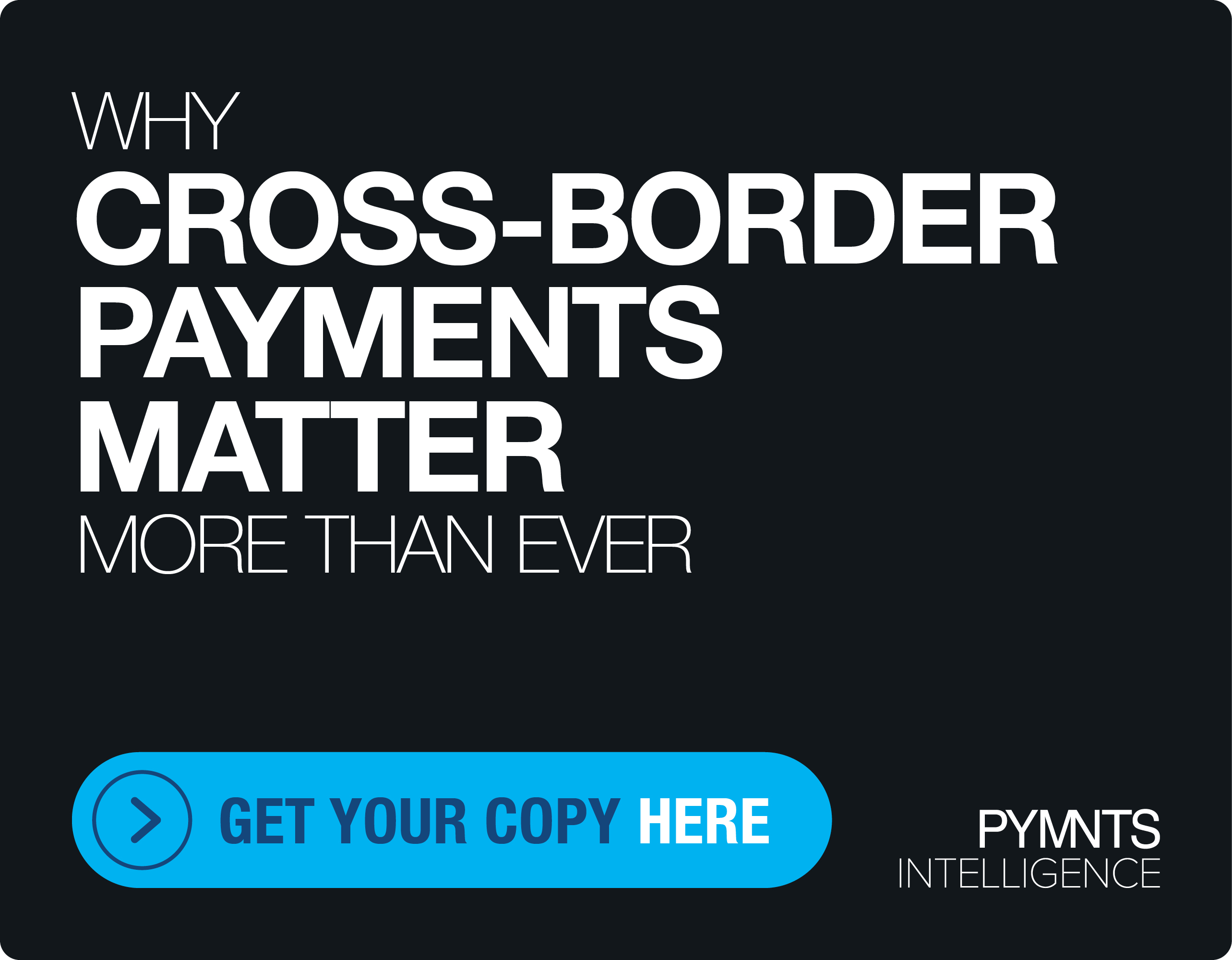NY Fed Paves Way For Non-FICO Credit Scoring Models

Given that the ways in which we pay are changing, the ways we carry debt are changing, and the very profile of the consumer is changing, it would only make sense that the ways in which we keep track of consumer credit also need to catch up to these post-COVID realities.
This as the Federal Reserve Bank of New York said last week that credit scores may no longer be as reliable as they once were (i.e., pre-pandemic). That assessment, we note, comes even as credit scores, generally, have been on an upswing.
In other words, and we use this term a bit tongue in cheek, the three-digit number attached to your name is no longer the Oracle of Delphi as to whether lenders/card companies are going to get paid back on time.
So: If the credit scoring system is less reliable, then that means approving a would-be borrower for a loan (everything from a mortgage to a car to line of credit) has gotten a bit dicey. In the worst-case scenario that might mean that lenders would pull back on extending those loans. Or it might mean that they would charge (somewhat) higher rates to cover risk.
Or: It might mean that the scoring system itself pivots a bit, embracing new data sources, leveraging advance technologies to form a clearer, holistic picture of borrowers.
Credit Scoring Inflation?
Part of the turbulence in the traditional scoring models comes as a result of the pandemic. The Fed found that, in one example, the scores for homeowners who entered forbearance programs tied to their mortgage payments saw a jump of 14 points in their FICOs. Those who did not enter the forbearance programs saw their scores grow by 7 points (let’s call it scoring inflation).
“This is because, although they were not making payments, their credit reports are treated as if they’re making continued payments for credit-scoring purposes and account histories,” the Fed said in a blog post.
The Fed post continued, “So, at the end, this brings two messages: on the one hand, it is good for the borrowers in forbearance not to suffer credit score-wise from missed payments. On the other hand, the concept of the credit score, a device to distinguish good borrowers from bad borrowers, may lose some of its power in signaling creditworthiness to lenders, at least for some time.”
We’re not exactly flying blind — mortgage payments are but one part of the equation in determining credit-worthiness. And as the Fed noted, about 13 percent of mortgage borrowers were in forbearance during the pandemic for one month or more.
But the implication here is that the pandemic has, among other things, introduced turbulence into payment histories, into the data mix, and, by extension, into the credit score that comes out of the end of the process.
During earnings season, payment networks and banks noted that borrowers had been paying down debt, in part through the use of stimulus checks, shifting to debit payments to conduct their daily financial lives. The mindset has been one where we spend the funds that we have in hand, leery of taking on more debt.
As noted in this space earlier in the year, relying on past payment history might not be a reliable strategy of predicting future (payment) performance. Firms like Trackstar have been stepping in with artificial intelligence (AI)-powered models that leverage alternative data points to help financial institutions (FIs) more accurately gauge risk, and offer loans on better terms to borrowers. Trackstar President and Founder Clint Lotz told PYMNTs in an interview that “not every adult who’s working, holds down a job, pays her bills … has a credit score. So not everybody can be decisioned or reduced down to that little three-digit number that makes lenders feel happy.”
Separately, the increasing popularity of certain lending products may necessitate new scoring models. Sezzle Chief Technology Officer Killian Brackey (whose firm offers interest-free installment plans) said that “we’re finding FICO credit vision scores don’t really capture the full picture of credit worthiness for the shorter term, smaller limit installment product.” Traditional scoring may not take into account paying utilities or other signals that consumers are in fact behaving in financially responsible ways — which would broaden credit access to near prime and sub-prime borrowers.
